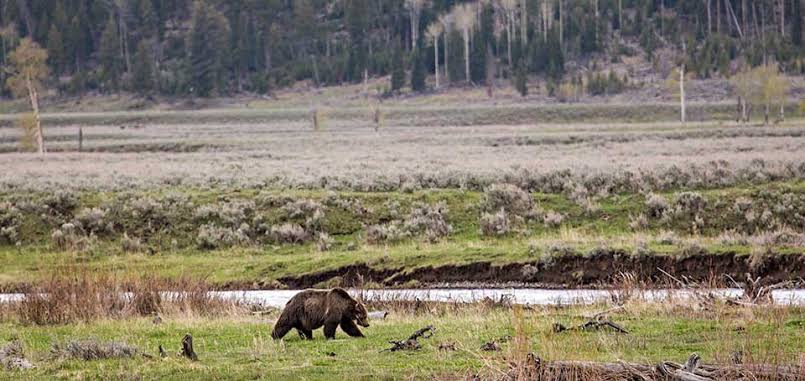Trump administration narrows protection of habitat for endangered species

The Trump administration on Tuesday narrowed habitat protections for endangered species, finalizing its second major rollback to the Endangered Species Act.
The latest rule narrows the definition of habitat to areas that can currently support a species, a move environmentalists say ignores the changing climate or efforts that could be made to modify a landscape.
Environmentalists argue the government must be able to step in to protect land that could support an animal in the future, by protecting forests, for example, that in a few decades would have enough old growth trees to house spotted owls that currently dwell elsewhere.
“Habitat protections are essential if we want our incredible wild species, who are dwindling to shockingly low numbers, to continue to exist. Many endangered species occupy only a tiny fraction of their former range and need larger areas — often outside their current habitat — in order to survive and thrive in the long term,” Alex Petersen, a conservation advocate with Environment America, said in a release.
The rule from the Fish and Wildlife Service would only allow habitat that “currently or periodically” houses a species. The agency said the new rule would “bring greater clarity and consistency to how the Service designates critical habitat.”
Numerous studies have found the globe is in the midst of an extinction crisis, with species dwindling as their habitat shrinks due to logging, agriculture, human expansion and climate change.
Read also: Monkeys could be banned as pets, says government
“The underlying problem is so much habitat in the U.S. has been degraded for decades, and this rule still doesn’t let them protect habitat that needs to be restored, so that eliminates so much land needed for recovery where animals might need to move in response to climate change,” Stephanie Kurose, an endangered species policy specialist with the Center for Biological Diversity, told The Hill.
“This is just another giveaway to industry.”
The move garnered support from Western Republicans who have often argued the Endangered Species Act is too restrictive, complicating land use for farmers, ranchers and industry.
“The Trump administration’s habitat rule will make the Endangered Species Act work better for wildlife and people,” Senate Environment and Public Works Committee Chair John Barrasso (R-Wyo.) said in a statement.
“This final rule will more clearly define habitat and protect species in a more focused way. It will deliver commonsense protections for endangered species and the habitat they depend on.”
The Trump administration last year finalized a rule that dramatically scaled back America’s landmark conservation law, limiting protections for threatened species and how factors like climate change can be considered in listing decisions. The rule also limits the review process used before projects are approved on their habitat.
Environmental groups sued over that rule and are already vowing to seek to overturn the latest habitat rule.
“The new definition contradicts the purpose of the Endangered Species Act and conflicts with the purpose of critical habitat to conserve species into the future. In the midst of a global extinction crisis, we will ask the Biden administration to right this wrong,” Jamie Rappaport Clark, president and CEO of Defenders of Wildlife, said in a statement.
The Hill
